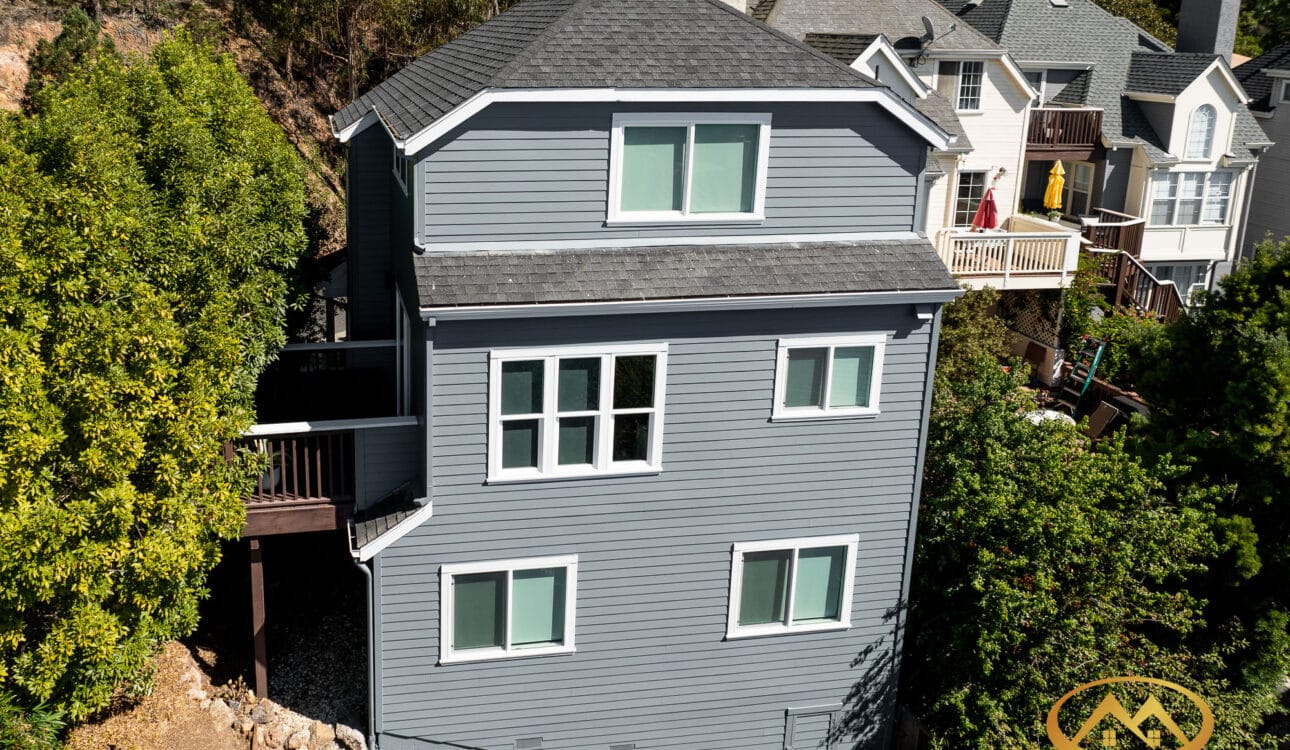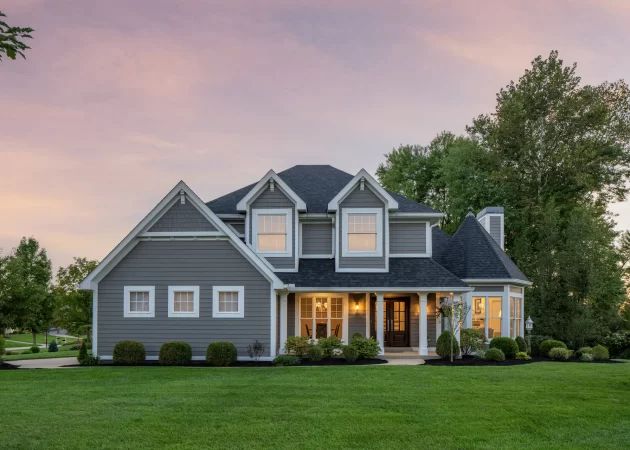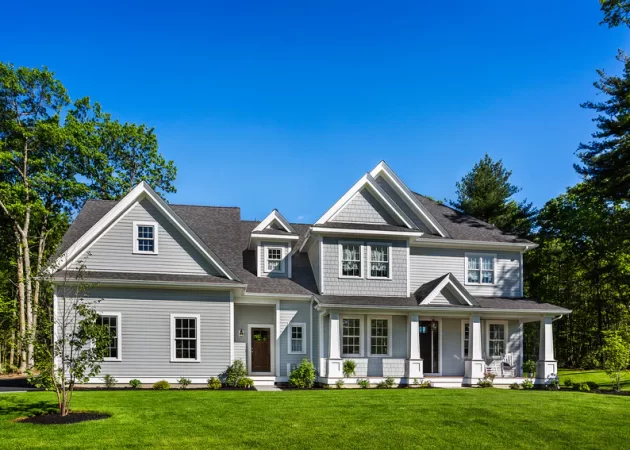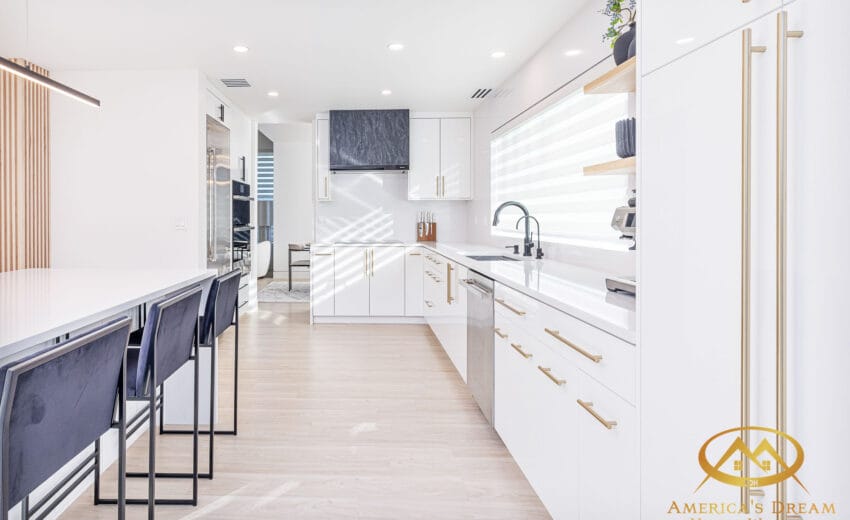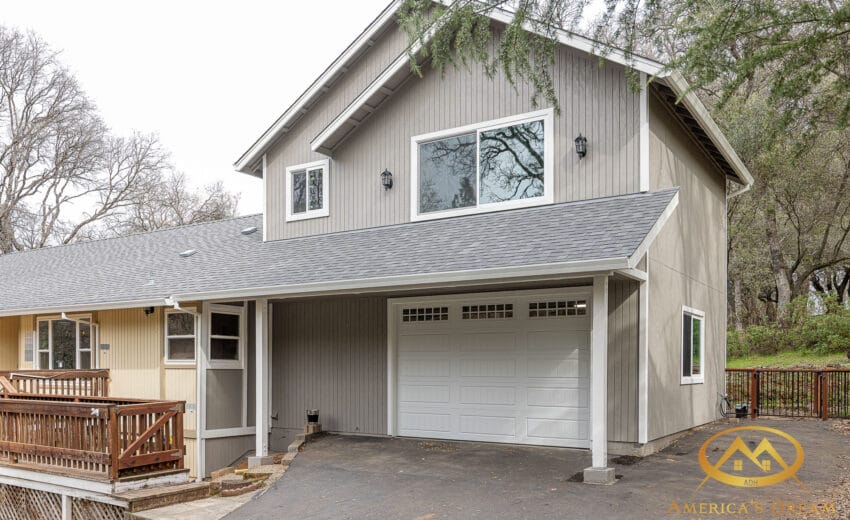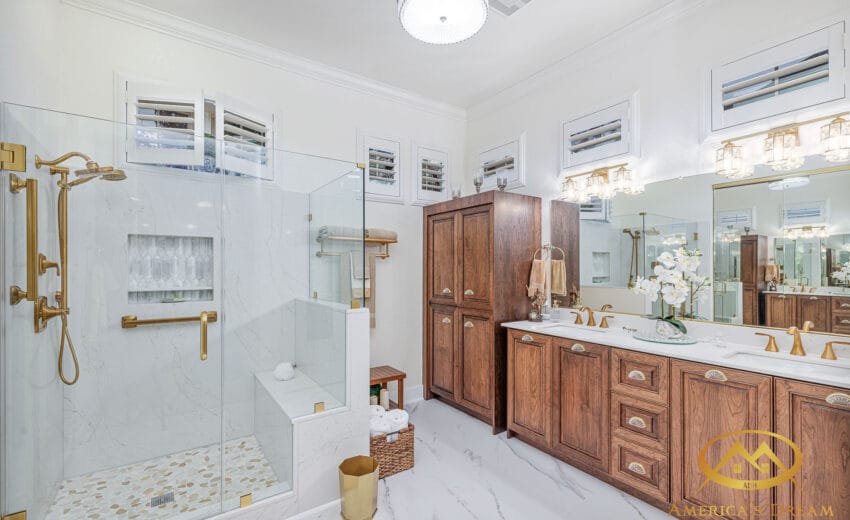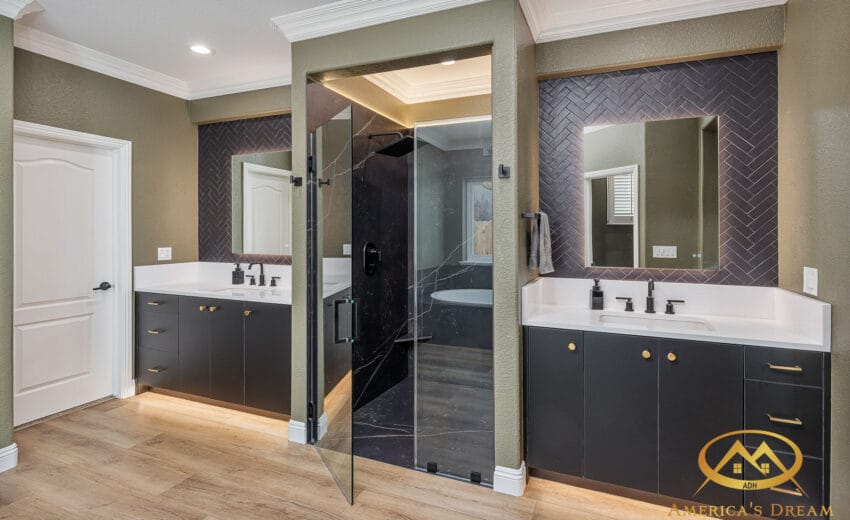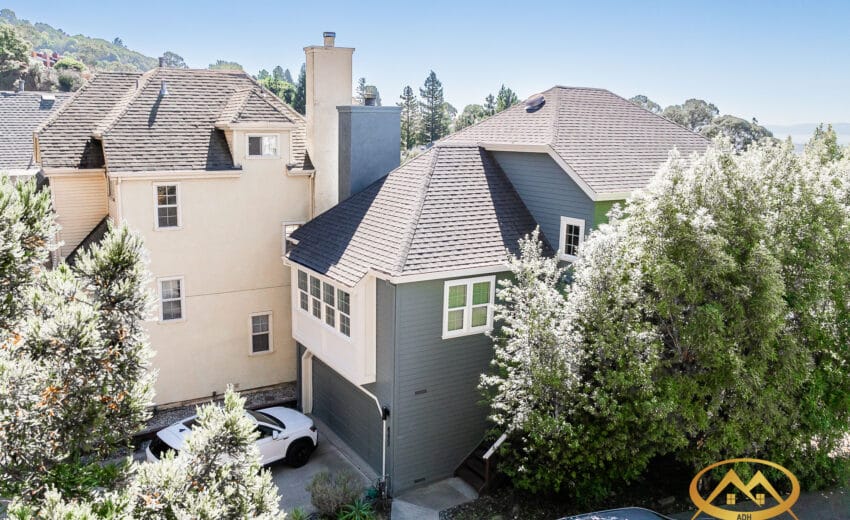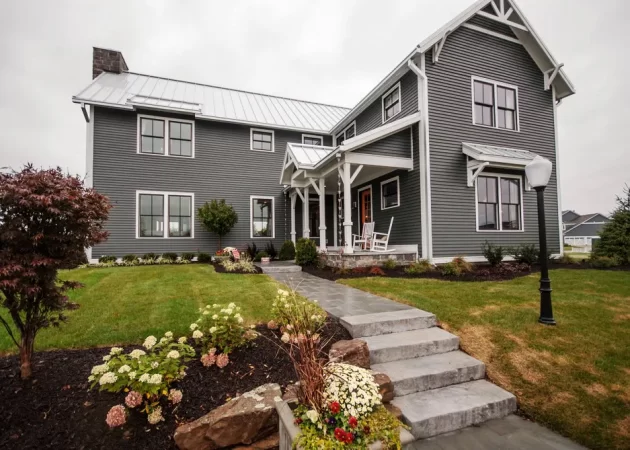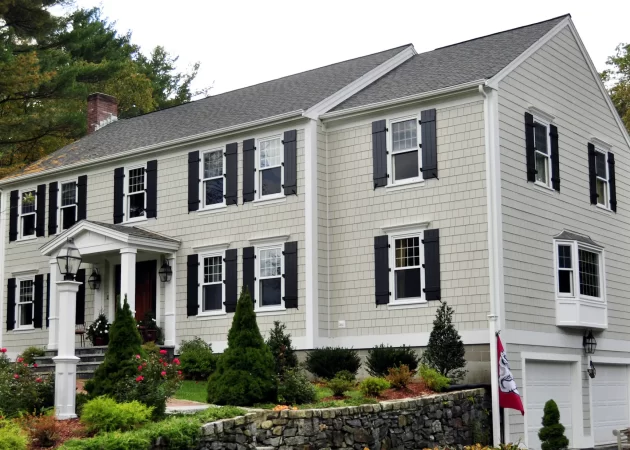If you’ve been researching siding options, chances are you’ve come across the name Hardie panel siding more than once. And for good reason—it’s become one of the most talked-about materials in the world of home exteriors. But the big question remains: how does it stack up against other popular siding materials?
As a contractor who values durability, safety, and long-term performance, I’m diving deep into the pros, cons, and price comparisons of James Hardie siding panels, including Hardie panel pricing, performance, and how it fares against vinyl, wood, and engineered alternatives.
Let’s break it down and help you make the right choice for your home.
What Is Hardie Panel Siding?
Hardie panel siding—manufactured by James Hardie—is part of a family of products under the umbrella of fiber cement siding. It combines Portland cement, sand, water, and cellulose fibers to form a material that’s both strong and fire-resistant.
Available in:
Hardie Panel Vertical Siding (for modern or farmhouse looks)
Hardie Plank Fiber Cement Siding (the horizontal version, aka siding hardiplank)
💡 Mike’s Take: If you’re after low maintenance with serious weather resistance, fiber cement is hard to beat. For a deeper dive into installation outcomes, see this Elegant Kitchen and Bathroom Remodel in Roseville, CA, which included exterior work.
Hardie Panel Pricing vs. Other Siding Options
Let’s talk numbers. Hardie panel pricing tends to fall somewhere between vinyl and real wood, but offers significantly better performance over time.
📊 Average Cost Comparison (Per Square Foot, Installed):
| Siding Type | Material Cost | Installed Cost | Lifespan |
|---|---|---|---|
| Vinyl Siding | $2 – $4 | $5 – $8 | 20–30 years |
| Engineered Wood Siding | $3 – $5 | $7 – $11 | 20–30 years |
| Hardie Panel Siding | $3 – $6 | $8 – $13 | 30–50 years |
| Natural Wood Siding | $5 – $8 | $10 – $15 | 20–40 years |
| Stucco or Brick | $6 – $12+ | $10 – $20+ | 50+ years |
💡 Verdict: While Hardie panel siding isn’t the cheapest upfront, it offers the best blend of durability, weather resistance, and low maintenance—making it a great long-term investment. If you’re interested in different materials, explore Enhance Your Home’s Exterior with Cement Board Siding.
Performance Comparison: Why Fiber Cement Leads the Pack
Here’s how James Hardie siding panels perform against common alternatives when it comes to weather, fire, and maintenance.
🛡️ Durability & Protection:
Hardie Panel: Resistant to hail, wind, moisture, pests, and fire.
Vinyl: Prone to cracking and melting under heat.
Wood: Vulnerable to termites, rot, and warping.
Engineered Wood: Better than natural wood, but still not as fire-resistant as fiber cement.
🔥 Fire Resistance:
Hardie Panel Siding: Non-combustible, great for fire-prone areas.
Vinyl & Wood: Combustible materials.
Engineered Wood: Usually treated, but still combustible.
🧼 Maintenance:
Hardie Panel: Requires repainting every 15–20 years, but won’t rot or warp.
Vinyl: Low-maintenance but may fade over time.
Wood: Requires frequent sealing, staining, or painting.
Engineered Wood: Moderate maintenance needs.
For more siding options, you might also explore The Ultimate Guide to Siding Replacement: Boosting Your Home’s Exterior.
Check Our Recent Projects
Style & Versatility: How Does It Look?
If you care about curb appeal (and who doesn’t?), James Hardie siding panels give you tons of options for color and texture.
Popular Looks:
✔️ Vertical Hardie Panels – Great for modern, farmhouse, or minimalist designs.
✔️ Hardie Plank (Siding Hardiplank) – Horizontal lines for a timeless, classic look.
✔️ Textured or Smooth Finishes – Mimics wood grain or offers a sleek flat surface.
✔️ Factory-Finished ColorPlus® Technology – Baked-on color that resists fading.
💡 Design Tip: Mix Hardie panel vertical siding with horizontal plank on different elevations for a custom, high-end exterior. You can see design inspiration in the Stunning Kitchen Transformation in Roseville, CA which included exterior detailing.
Installation: What to Know Before You Buy
Here’s the catch—Hardie siding must be installed properly. It’s heavier than vinyl and requires special tools and know-how.
What to Ask Your Installer:
Are they James Hardie–certified?
Do they follow Hardie’s recommended installation specs?
Is moisture barrier and flashing included?
💡 Mike’s Rule: A great product is only as good as its installation. Poor install = poor performance. That’s why it’s smart to work with certified experts like those at America’s Dream HomeWorks.
The Bottom Line: Is Hardie Panel Siding Worth It?
If you’re weighing options, here’s the big picture:
✅ Choose Hardie Panel Siding If You Want:
Strong, weather-resistant siding for decades of protection
Fire-resistant material for peace of mind
A variety of design options for curb appeal
Low long-term maintenance
A balance between cost and performance
❌ Consider Other Options If:
You’re on a tight budget and need the lowest upfront cost
Your climate is extremely dry, and fire resistance isn’t a concern
You want a DIY-friendly siding option
Final Thoughts
When you invest in your home’s exterior, you want a material that’s tough, beautiful, and built to last. After comparing the options, it’s clear that Hardie panel siding delivers on all fronts.
It’s not the cheapest, and it’s not the lightest—but for long-term value, weather resistance, and style versatility, it’s a contractor-approved favorite.
✨ Thinking about upgrading your home’s siding? Check out James Hardie: Exterior Siding Solutions—it may be the smartest investment you make.
